|
HOME: www.hiltonpond.org |
|||
THIS WEEK at HILTON POND (Back to Preceding Week; on to Next Week) |
|
All text, maps & photos © Hilton Pond Center "WHERE DO THE HUMMINGBIRDS When we give public programs about our on-going research with Ruby-throated Hummingbirds (adult male, above), we have several slides that echo thoughtful questions our inquisitive students might have asked back in the days when we taught high school and college biology. "Do hummingbirds really migrate, Mr. Hilton?" or "How fast do hummingbirds fly, Mr. Hilton?" We can answer those particular queries correctly with some confidence, but eventually the tougher question always comes up: "Where do the hummingbird go, Mr. Hilton." Our reply--offered without apology--is pretty simple: "Nobody knows . . . at least not specifically."
All text, maps & photos © Hilton Pond Center Of about a quarter million Ruby-throated Hummingbirds banded on their breeding grounds in the U.S. and Canada during the past hundred years, we know of none encountered later anywhere south of the Rio Grande River. It may be that most of Virginia's ruby-throats go to El Salvador for the winter and those from Wisconsin migrate to Honduras, but until the federal Bird Banding Laboratory starts getting reports of Central American ruby-throat encounters we'll never know for sure. This is one big reason why through Operation RubyThroat: The Hummingbird Project we began systematic long-term banding studies on RTHU on their wintering grounds.
All text, maps & photos © Hilton Pond Center During our lectures and workshops we often hear from folks who say they'd like to accompany us to Central America but feel unprepared or inadequate. To be honest, one needs no special training or knowledge to join our annual cadres of citizen scientists; we teach you everything you need to know while we in the field. All that's required is a desire to learn and willingness to perform the basic tasks at hand, including unfurling mist nets as shown above. None of these duties involve back-breaking work or require an advanced degree.
All text, maps & photos © Hilton Pond Center Once someone decides to be part of Operation RubyThroat's efforts in the Neotropics, the next question is usually "Which trip should I sign up for." Our own non-binding suggestion is that participants first try the trip to Guanacaste Province on Costa Rica's western coast--if only because that's where we got started banding hummingbirds "south of the border." After that, trip alumni--of which we have more than 140 to date--simply pick or choose. To prove the value and popularity of our hummingbird expeditions, 25-plus of our Neotropical alumni have been on at least two trips and some have taken as many as four! (Note above the smiling faces of participants in front of church ruins on our Ujarrás study site.)
All text, maps & photos © Hilton Pond Center To help you decide which expedition YOU might like to join in 2012-13, we this week provide thumbnail descriptions for each trip--complete with links to much more detailed itineraries. We promise an enjoyable, meaningful, and sometimes life-changing experience for everyone who comes along to study Ruby-throated Hummingbirds in Central America--where the weather is balmy at that time of year when things start getting nasty up in the U.S. and Canada! (Those little hummingbirds must be smart. THEY know where to spend the winter!) And don't forget: Just because we're focusing on ruby-throats doesn't mean we won't have plenty of time to look at and photograph other birds, wildlife, and tropical flora (Guatemalan orchids, above); we also get the chance to learn about diverse cultures in our host countries. Operation RubyThroat in Central America: What a way to become immersed in nature in the Neotropics while making important contributions to a long-term scientific study about Ruby-throated Hummingbirds to breed back north in the U.S. and Canada. All text, maps & photos © Hilton Pond Center
All text, maps & photos © Hilton Pond Center • GUATEMALA 2012 • Last year (February 2011) we took our first group of citizen scientists to Guastatoya, Guatemala on a expedition that wasn't as productive as we had hoped--primarily because we missed the bloom time for Aloe Vera flowers that attract Ruby-throated Hummingbirds and concentrate them for observation and capture. (An out-of-kilter dry season caused aloe to finish blooming weeks before we arrived.) We've gotten several requests to return to Guatemala, however, so we're happy to reveal an ace up our sleeve: Our next Operation RubyThroat trip will be based at Hotel Villa Cuba near San Pedro la Laguna, on the shores of mile-high Lake Atitlán in western Guatemala (see satellite photo above).
All text, maps & photos © Hilton Pond Center We took a solo trip to this locale in November 2008 and caught nearly 60 ruby-throats--the first ever banded in Guatemala. This was made possible in part because local residents hang sugar water feeders that attract hummingbirds--and not just our target species. (Among hummers observed during our initial visit in 2008 was the elusive male Sparkling-tailed Hummingbird, above.) Thanks to feeders we're confident our citizen scientist group will be able to trap and net RTHU at this picturesque site beside the deepest lake in Central America and in the shadows of several of Guatemala's towering volcanoes.
All text, maps & photos © Hilton Pond Center Meals will be prepared in-house by a private cook or taken at local restaurants in the little Mayan town of San Pedro. Afternoon activities include exploration of lakeside forests for birds and native flora, walks up volcanic slopes for a close look at the effects of violent geological events, and field trips to Panajachel (shopping at Mayan markets, above) and the colonial-era city of Antigua (visits to historical churches).
All text, maps & photos © Hilton Pond Center Non-hummingbird target species include: Pink-headed Warbler, Brown-backed Solitaire, Resplendent Quetzal, Blue-throated Toucanet, Azure-rumped Tanager, Horned Guan, and Red-legged Honeycreeper (male above), among others.
All text, maps & photos © Hilton Pond Center Our eight-day Operation RubyThroat expedition to a very pleasant part of Guatemala (Lake Atitlán, above) has a base cost of just $1,399 (plus air, tips & exit tax). It immediately precedes our excursion to Ujarrás in eastern Costa Rica (see below), so participants may sign up for both trips at a reduced rate. For detailed information about our upcoming November hummingbird excursion to Lake Atitlán, visit Guatemala 2012. (Please note this trip will repeat with a similar itinerary on 27 October-3 November 2013 with a base cost estimated at $1,599.) All text, maps & photos © Hilton Pond Center
All text, maps & photos © Hilton Pond Center • COSTA RICA (east) 2012 • In November 2011 we took our first autumn hummingbird trip to Costa Rica, and our first to that country's eastern side. Since we study and band Ruby-throated Hummingbirds, many ornithologists thought we were wasting our time; after all, ruby-throats were thought to overwinter only in WESTERN Costa Rica, with only a few reports each year from the Central Valley on the country's Caribbean Slope. It turns out, however, that Ernesto Carman Jr.--who has been our guide and colleague for hummingbird investigations throughout the Neotropics--discovered a population of RTHU in the river corridor around Ujarrás two hours east of San Jose. At this site in late fall, numerous hummingbirds feed on nectar from flowers of Chayote squash cultivated on trellises (above).
All text, maps & photos © Hilton Pond Center It's not an exaggeration to say LOTS of hummingbirds frequent the commercial Chayote fields. Although Operation RubyThroat managed to band 44 ruby-throats during the initial attempt at Ujarrás, we also caught 12 other hummingbird species. Even more incredible, we sighted a total of 22 different kinds of hummers--nearly half the 50 or so species known to occur in all of Costa Rica! (Even a diminutive male Scintillant Hummingbird, above, put in an appearance.) It's beginning to look like Ujarrás may be Costa Rica's "hummingbird capital"--at least during months when wild plants aren't blooming and Chayote is the predominant (and most readily available) source of energy-rich nectar.
All text, maps & photos © Hilton Pond Center Afternoon activities for Costa Rica (west) include field trips to Tapanti National Park (cloud forest ecology & waterfalls, above), Irazú Volcano, Lankester Gardens (orchid collection), and Finca Cristina (organic shade-grown coffee farm; see coffee flowers in photo below), plus an all-day excursion to Rancho Naturalista (amazing bird feeders) and CATIE (tropical agricultural research center).
All text, maps & photos © Hilton Pond Center Non-hummingbird target species include: Black Guan, Elegant Euphonia, Streaked Xenops, Ruddy Treerunner, Black-billed Nightingale-Thrush, Bat Falcon, and Prevost's Ground-Sparrow (below), among others.
All text, maps & photos © Hilton Pond Center Our Operation RubyThroat nine-day expedition to eastern Costa Rica has a base cost of just $1,499 (plus air, tips & exit tax) and includes lodging and great food at Hotel Tapanti for part of the week and Sanchiri Lodge for the remainder. The trip immediately follows the excursion to Guatemala described above, so participants may sign up for both at a reduced rate. For detailed information about our upcoming November hummingbird excursion to Ujarrás, see Costa Rica (east) 2012. (Please note this trip will repeat with a similar itinerary on 6-14 November 2013 with base cost estimated at $1,799.) All text, maps & photos © Hilton Pond Center
All text, maps & photos © Hilton Pond Center • COSTA RICA (west) 2013 • Nearly ten years ago Ernesto Carman Jr. was in Costa Rica's Guanacaste Province, tracking a wren bearing a radio transmitter. As he followed the bird he came across a large field of commercially grown Aloe Vera plants not not far north of Liberia. As he gazed at the sea of yellow aloe flowers he noticed quite a few hummingbird were drinking aloe nectar, and he quickly realized most of them were Ruby-throated Hummingbirds. We serendipitously got word of 'Nesto's discovery--i.e., a previously unreported dense concentration of wintering RTHU--and in December 2004 headed off for Liberia with our first group of citizen scientists. In years since we've visited the aloe fields on 13 expeditions and have learned a great deal about ruby-throats in the Neotropics--from wing molt sequencing (above) to site fidelity and territoriality to foraging behavior. To date in the area around Liberia we have banded 798 RTHU; of these, 11 have returned in a later year--providing the first evidence this species shows site fidelity in Costa Rica just as it does on breeding grounds in North America. But since we band all Neotropical migrants we catch in Central America, we've also documented for the first time that Orchard Orioles, Baltimore Orioles, and Yellow Warblers likewise return to the very same aloe fields after migrating north perhaps 2,000 miles to breed. All this indicates plantations of non-native Aloe Vera are important food sources for several migratory species (immature male ruby-throat and aloe, above left), but we're also interested in knowing which NATIVE plants ruby-throats visit--and possibly pollinate.
All text, maps & photos © Hilton Pond Center We'll continue investigating all these fascinating aspects of hummingbird biology on our February 2013 trip to Guanacaste Province, where we'll be based at El Sitio Best Western at Liberia. This hotel provides modern lodging, good food, and easy access to our study sites and for various afternoon trips: Rincón de la Vieja Volcano National Park (rare indigenous petroglyphs, above, plus cloud forest birds & thermal mud pots), shrimp and catfish farms (waterfowl & wading birds), and downtown Liberia (dining, shopping & cultural immersion). We'll also take an all-day mid-week excursion to Santa Rosa National Park (tropical dry forest ecology) and Junquillal Beach (Pacific Ocean maritime forest birds and wildlife, including families of White-faced Capuchins, below)
All text, maps & photos © Hilton Pond Center Non-hummingbird target species include: Magnificent Frigatebird, Masked Tityra, Double-striped Thick-Knee, Elegant Trogon, Yellow-naped Parrot, Vaux's Swift, Laughing Falcon, King Vulture, Gray-necked Wood-Rail, and Ivory-billed Woodcreeper (below), among others.
All text, maps & photos © Hilton Pond Center Our nine-day Operation RubyThroat expedition to western Costa Rica has a base cost of $1,999 (plus air, tips & exit tax). It immediately precedes the excursion to Nicaragua (see below) so participants may sign up for both at a reduced rate. For detailed information about our February hummingbird trip to Ujarrás, see Costa Rica (west) 2012. [NOTE: If the expedition for 5-13 February 2013 fills, a second trip to Costa Rica (west) following the same itinerary will be offered on 26 Jan-3 Feb 2013.]
All text, maps & photos © Hilton Pond Center • NICARAGUA 2013 • Nicaragua is a country where we know Ruby-throated Hummingbirds overwinter but one in which no banding for the species has ever occurred. Thus, we've been trying for years to find a study site that hosts ruby-throats AND provides the comfortable lodging and tasty food our citizen scientists have come to expect. We finally found that place at Montibelli Private Forest Reserve just east of Managua, so in 2012 we'll be taking our first-ever Operation RubyThroat hummingbird expedition to Nicaragua. Montibelli is the cloud forest home of diverse of tropical plants from orchids and lianas to towering mist-shrouded trees--and more than 150 bird species (including the brilliantly colored male Crimson-collared Tanager, above).
All text, maps & photos © Hilton Pond Center Montibelli's lodge provides easy access to sugar water feeders and ethereal, epiphyte-draped cloud forest habitats (above) that should allow us to observe, capture, and band Ruby-throated Hummingbirds. We'll also spend pleasant evenings on spacious outdoor porches while enjoying sounds of the surrounding forest; owls and other night birds, monkeys, insects, and amphibians all will add to the nighttime chorus. We look forward to discovering all sorts of interesting things on our pioneering Operation RubyThroat trip to western Nicaragua.
All text, maps & photos © Hilton Pond Center Afternoon activities include field trips to: Masaya Volcano National Park (above; view active calderas & craters); El Chocoyero-El Brujo Reserve (observe the spectacle of thousands of parrots and parakeets coming in to roost); Mombacho Biological Reserve & field station (explore a vegetation-covered extinct volcano); the typical Nicaraguan small town of Catarina (buy handcrafts and visit seedling nurseries); Granada, fourth largest city in Nicaragua (have lunch, view arts & ironworks & Cathedral of Granada, below); and a boat tour (glide past islets that host bird rookeries).
All text, maps & photos © Hilton Pond Center Non-hummingbird target species include: Turquoise-browed Motmot, Violaceous Trogon, Barred Antshrike, Long-tailed Manakin, and Rufous-browed Peppershrike (male, above), among others.
All text, maps & photos © Hilton Pond Center Our nine-day Operation RubyThroat expedition to Nicaragua has a base cost of $1,999 (plus air, tips & exit tax). It immediately follows the trip to western Costa Rica (see above) and precedes the one to Belize (see below), so participants may sign up for two or three excursions at reduced rates. For detailed information about our February hummingbird trip to Montibelli Reserve, see Nicaragua 2013. All text, maps & photos © Hilton Pond Center
All text, maps & photos © Hilton Pond Center • BELIZE 2012 • Several years ago we inquired via numerous Internet listservs whether researchers were aware of any concentrations of wintering Ruby-throated Hummingbirds in Central America. We eventually heard from a bander who told us in late winter he had observed hummers showing up en masse in Belize, where they dined on copious nectar from flowering Cashew trees. We took him at his word, assembled a citizen science group, and in early March 2010 took our first expedition to Crooked Tree Sanctuary west of Belize City. The bander was correct and we were able to capture 54 RTHU in a country where no one had systematically studied the species. It appears these ruby-throats (adult female and Cashew flowers, above) are taking advantage of the Cashew bloom in Belize just as hummers get ready to migrate back north across the Gulf of Mexico.
All text, maps & photos © Hilton Pond Center At Crooked Tree--an Audubon-administered sanctuary--we stay at the incomparable Bird's Eye View Lodge (above) on the shore of a freshwater lagoon. (And if you've never tasted Creole cooking, the chef at the Lodge has some real treats in store. Prepare for a feast at every meal!) When water drops during the dry season the lagoon gets progressively smaller and shallower, attracting huge numbers of waterfowl and wading birds looking out for easier lunch. Our trip participants' favorite long-legged eel-eater is always the giant Jabiru stork (below) that towers over "smaller" waders like yellow-billed Great Egrets and Wood Storks.
All text, maps & photos © Hilton Pond Center In March 2012 our Belize group consisted of Keystone College students and staff, who came from Pennsylvania with biology professor Jerry Skinner to help on their spring holiday in mid-March. A team from the college is slated to return with us to Belize for Spring Break 2013 on an eight-day private trip (9-16 March), but for the first time we will combine efforts with College of DuPage in Illinois to offer another trip open to any adult. The collaboration is organized by Kathe Luczynski, who sought the arrangement after accompanying us last year on our Costa Rica expedition to Guanacaste.
All text, maps & photos © Hilton Pond Center Afternoon activities include field trips to Altun Ha (above, ancient Mayan settlement that is partially restored), Community Baboon Sanctuary (home of 28 troops of Black Howler Monkeys, known locally as "baboons"), Belize City (shopping and Green Hills Butterfly Ranch), and Belize Zoo (intimate introduction to native Belizean wildlife species). We'll also take a spectacular sunrise boat ride on the lagoon, allowing us close access to observe and photograph everything from Black-bellied Whistling Ducks to Morelet's Crocodiles (below).
All text, maps & photos © Hilton Pond Center Non-hummingbird target species include: Jabiru, Snail Kite, Fork-tailed Flycatcher, Acorn Woodpecker, endemic Yucatan Jay, Grace's Warbler, Lesser Yellow-headed Vulture, and the elusive Agami Heron (below), among others.
All text, maps & photos © Hilton Pond Center Our nine-day Operation RubyThroat expedition to Belize has a base cost of $2,888 and INCLUDES air, tips & exit tax. Offered in collaboration with College of DuPage, pre-trip classes meet three times prior to departure; the course may be taken pass/fail or for credit. The Belize expedition immediately follows the one to Nicaragua (see above), so participants may sign up for both trips at a reduced rate. For detailed information about our February-March hummingbird excursion to Crooked Tree Sanctuary, see Belize 2013. All text, maps & photos © Hilton Pond Center
All text, maps & photos © Hilton Pond Center As indicated by the summaries above, our Operation RubyThroat hummingbird expeditions to the Neotropics are all planned out through 2013. Two of our citizen scientist trips--Lake Atitlán (Guatemala) and Montibelli (Nicaragua)--are new, so chances are very good we can make important discoveries about RTHU "winter" activities in those countries. Our other trips--to Belize and eastern and western Costa Rica--stand to be just as fulfilling because of increased opportunities we have to recapture hummingbirds banded on previous expeditions AND because we can always add to our general understanding of hummer behavior in Central American sites. We invite you to join us for a fall or mid-winter expedition to the Neotropics in 2012 or 2013 and look forward to sharing the experience with you. Remember, registration is open beginning this week for ALL 2012-13 expeditions, so we encourage folks to sign on soon while space is still available. (For detailed itineraries, click on the links in the summaries above.) Simply e-mail Debbie Sturdivant at Holbrook Travel, or call toll-free (866) 748-6146. We can hardly wait to see those Operation RubyThroat alumni who have already registered and likewise look forward to making many new friends--all of whom may help answer that nagging question of "Where do the hummingbirds go, Mr. Hilton?" All text, maps & photos © Hilton Pond Center All contributions are tax-deductible
|
|---|
 The Piedmont Naturalist, Volume 1 (1986)--long out-of-print--has been re-published by author Bill Hilton Jr. as an e-Book downloadable to read on your iPad, iPhone, Nook, Kindle, or desktop computer. Click on the image at left for information about ordering. All proceeds benefit education, research, and conservation work of Hilton Pond Center for Piedmont Natural History. The Piedmont Naturalist, Volume 1 (1986)--long out-of-print--has been re-published by author Bill Hilton Jr. as an e-Book downloadable to read on your iPad, iPhone, Nook, Kindle, or desktop computer. Click on the image at left for information about ordering. All proceeds benefit education, research, and conservation work of Hilton Pond Center for Piedmont Natural History. |
|
|
"This Week at Hilton Pond" is written and photographed by Bill Hilton Jr., executive director of Hilton Pond Center for Piedmont Natural History
|
|
|
Please refer "This Week at Hilton Pond" to others by clicking on this button: |
Comments or questions about this week's installment? Send an E-mail to INFO. (Be sure to scroll down for a tally of birds banded/recaptured during the period, plus other nature notes.) |

Click on image at right for live Web cam of Hilton Pond,
plus daily weather summary
Transmission of weather data from Hilton Pond Center via WeatherSnoop for Mac.
|
--SEARCH OUR SITE-- For a free on-line subscription to "This Week at Hilton Pond," send us an |
|
Thanks to the following fine folks for recent gifts in support of Hilton Pond Center for Piedmont Natural History and/or Operation RubyThroat: The Hummingbird Project. Your tax-deductible contributions allow us to continue writing, photographing, and sharing "This Week at Hilton Pond" with students, teachers, and the general public. Please see Support or look below if you'd like to make a gift of your own.
|
If you enjoy "This Week at Hilton Pond," please help support Hilton Pond Center for Piedmont Natural History. It's painless, and YOU can make a difference! (Just CLICK on a logo below or send a check if you like; see Support for address.) |
|
Make credit card donations on-line via Network for Good: |
|
Use your PayPal account to make direct donations: |
|
If you like shopping on-line please become a member of iGive, through which 950+ on-line stores from Amazon to Lands' End and even iTunes donate a percentage of your purchase price to support Hilton Pond Center.  Every new member who registers with iGive and makes a purchase through them earns an ADDITIONAL $5 for the Center. You can even do Web searches through iGive and earn a penny per search--sometimes TWO--for the cause! Please enroll by going to the iGive Web site. It's a painless, important way for YOU to support our on-going work in conservation, education, and research. Add the iGive Toolbar to your browser and register Operation RubyThroat as your preferred charity to make it even easier to help Hilton Pond Center when you shop. Every new member who registers with iGive and makes a purchase through them earns an ADDITIONAL $5 for the Center. You can even do Web searches through iGive and earn a penny per search--sometimes TWO--for the cause! Please enroll by going to the iGive Web site. It's a painless, important way for YOU to support our on-going work in conservation, education, and research. Add the iGive Toolbar to your browser and register Operation RubyThroat as your preferred charity to make it even easier to help Hilton Pond Center when you shop. |
|
BIRDS BANDED THIS WEEK at HILTON POND CENTER 1-10 June 2012 |
|
|
SPECIES BANDED THIS WEEK: * = New species for 2012 WEEKLY BANDING TOTAL 1 species 42 individuals 2012 BANDING TOTAL 31-YEAR BANDING GRAND TOTAL (since 28 June 1982, during which time 170 species have been observed on or over the property) 126 species (31-yr avg = 66.5) 57,495 individuals (31-yr avg = 1,855) NOTABLE RECAPTURES THIS WEEK All text & photos © Hilton Pond Center |
OTHER NATURE NOTES: All text & photos © Hilton Pond Center |



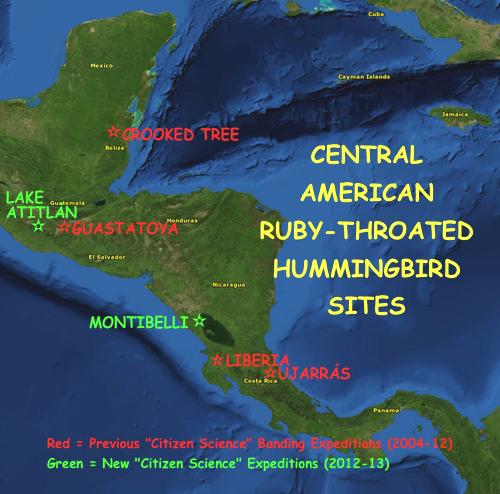
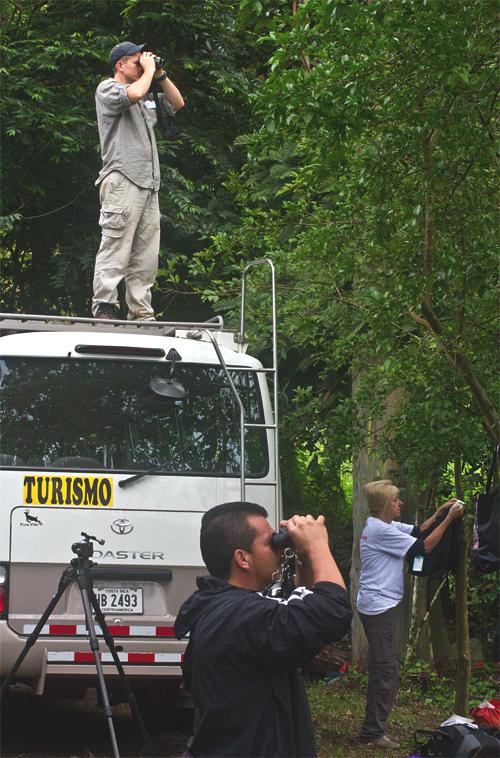 Since 2004 we've led 17 successful expeditions to Central America--13 to Costa Rica, three to Belize, and one to Guatemala--with groups of "citizen scientists" as our field assistants. Ever-vigilant Ernesto Carman Jr.
Since 2004 we've led 17 successful expeditions to Central America--13 to Costa Rica, three to Belize, and one to Guatemala--with groups of "citizen scientists" as our field assistants. Ever-vigilant Ernesto Carman Jr. 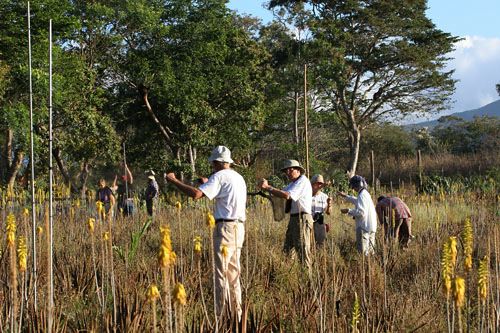

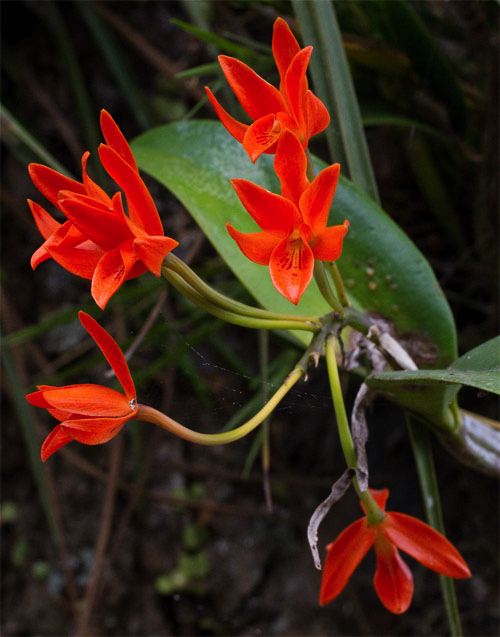
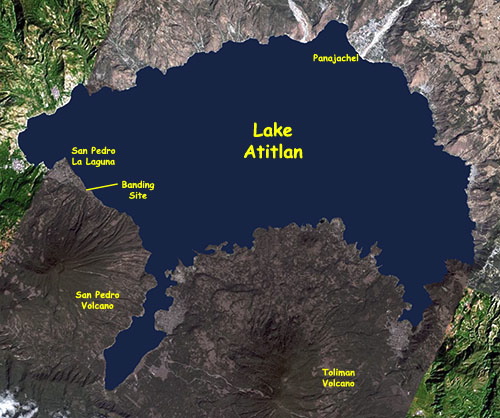
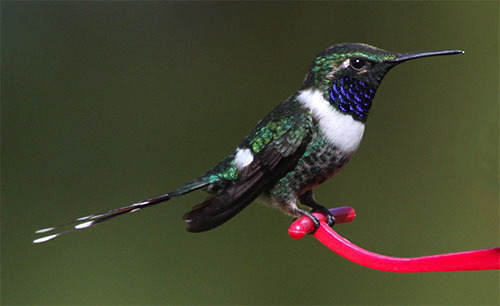

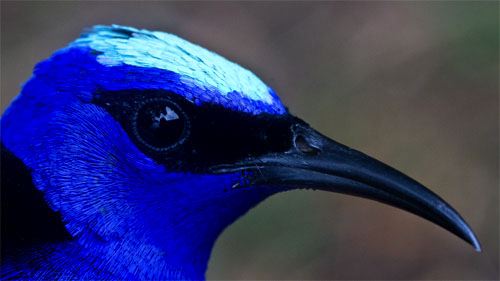
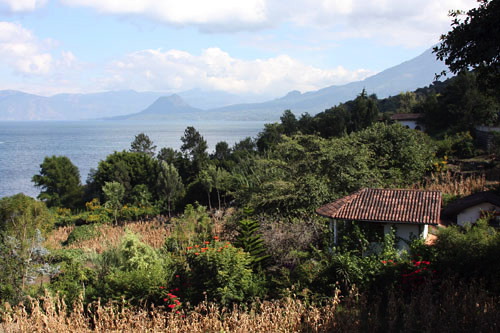
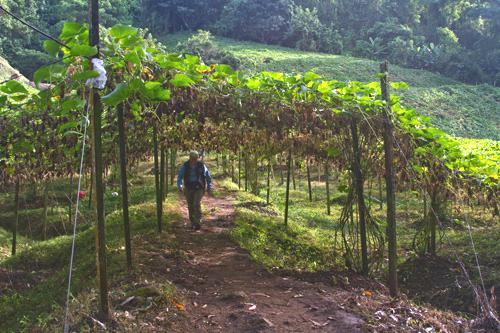
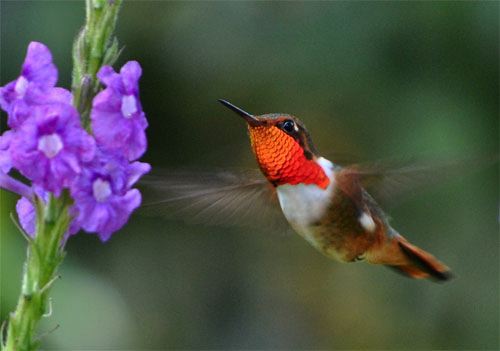
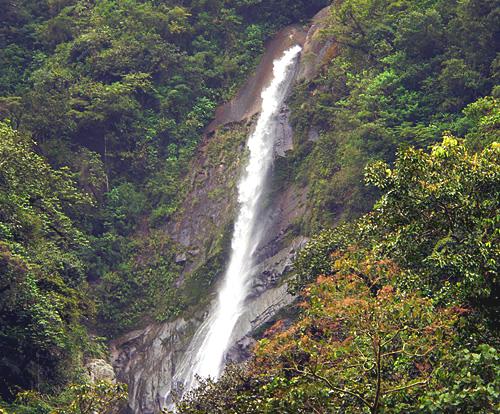
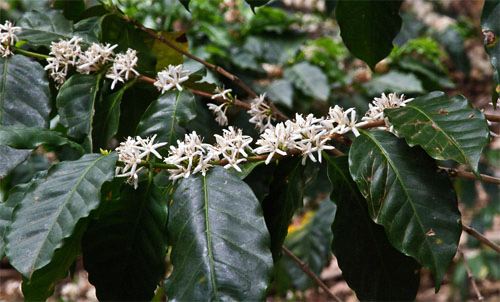
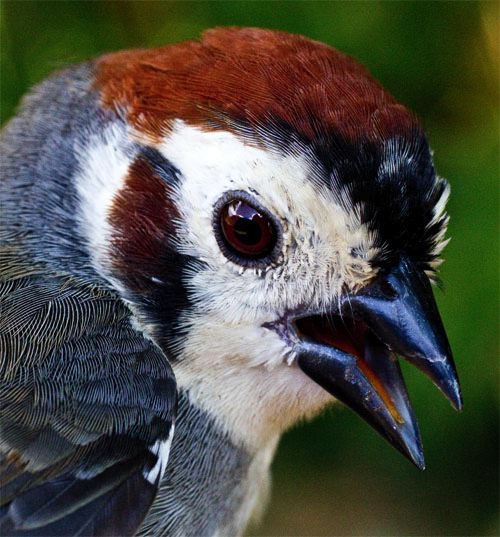

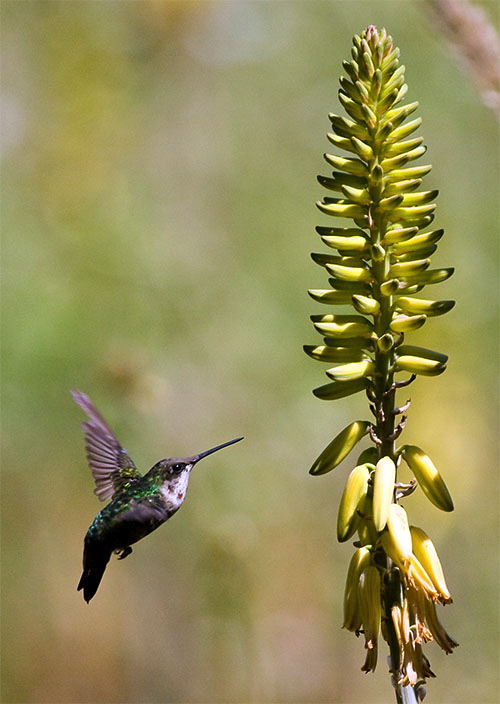
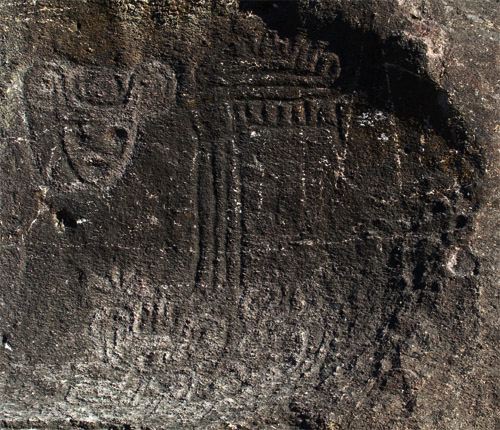
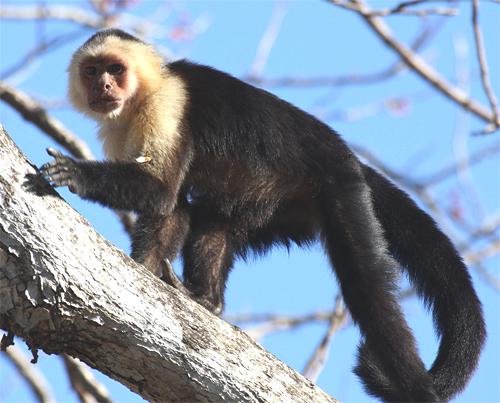
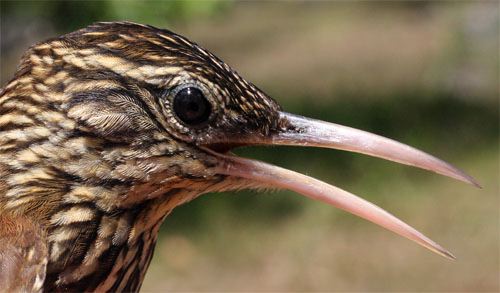


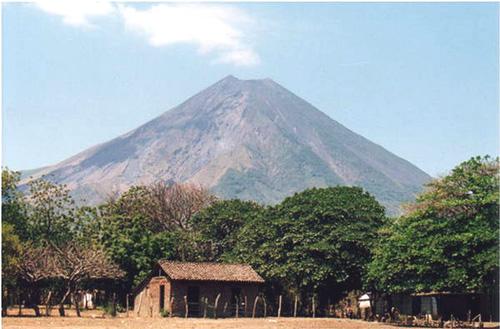
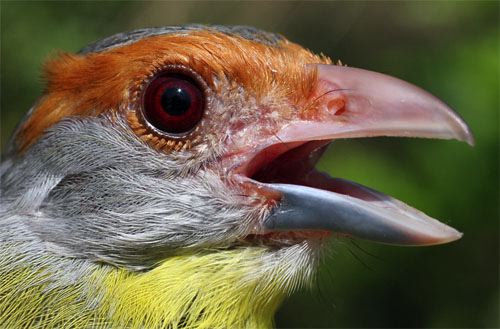


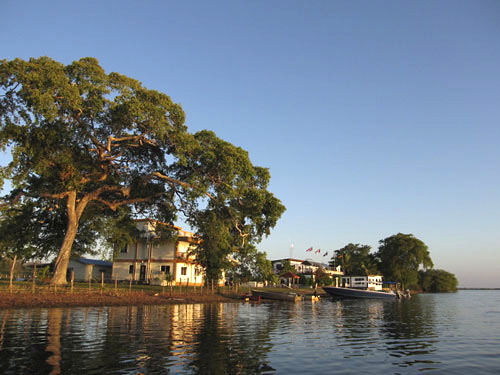


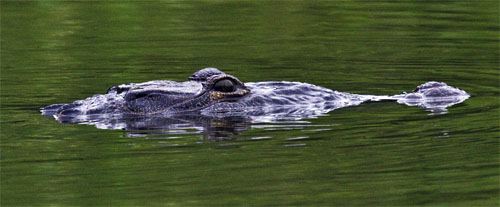
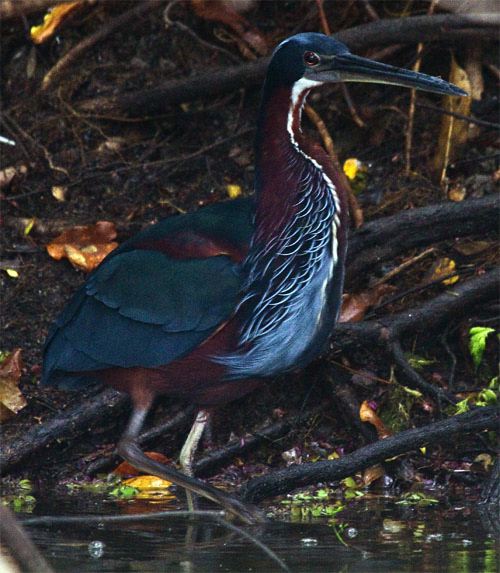
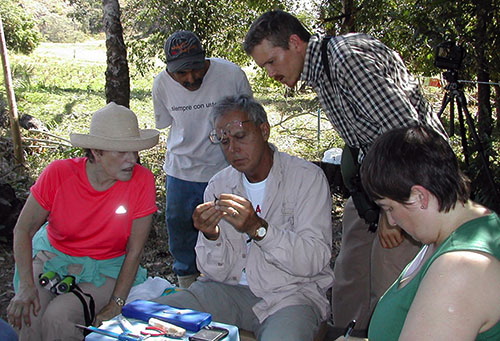


 Please report your sightings of
Please report your sightings of